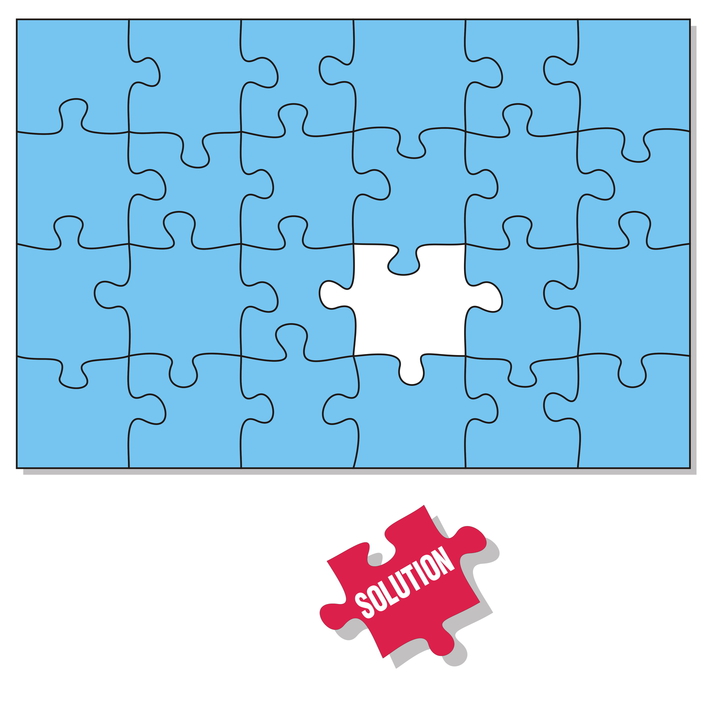Jun
03

Posted by nnlmneo on June 3rd, 2016
Posted in: Blog

Requests for Proposals often have a “Needs” section that usually says something like “Describe the need for your project.” For over a decade I read hundreds of proposals for funding in my last position, and it often seemed like there was a lack of understanding of what that question meant.
As you probably know from our posts (in particular Cindy’s most recent post Steering by Outcomes: Begin with the End in Mind), we think it’s very important to plan the outcomes you want to see first. Outcomes come out of changes that you want to see happen that you discover when doing a community or needs assessment. So for example, you do a needs assessment and find out that older adults in your hospital have lower health outcomes than those in other hospitals. You also find out that they often do not follow their doctors’ advice. So one of your outcomes that you might want to see in your project plan would be “increased compliance with doctors’ advice” and a longer-term outcome like “older adults have better health outcomes.”
This is often where the needs description ends in proposals I have read. People clearly demonstrate with data that there is a need for the outcomes they want to see (in this case better compliance and better health outcomes). But as a reviewer, how do I know that there is a need for their solution to the problem? When I think of “need for the program,” I also want to know what is lacking (or needed) in the community that their program will provide that will lead to those outcomes.
The only way for you, the project planner, to uncover that missing thing is by asking more questions of your community members and stakeholders. In Liberating Structures Nine Whys exercise, you are encouraged to ask the question “Why is that important to you?” nine times to help you determine the fundamental purpose of what you’re doing. This can help you clarify your outcomes. I suggest that once you have your outcomes, then ask your community members the question “Why isn’t this already happening?” nine times to find out the core reasons that the outcomes aren’t already being met. This is what will provide the ‘need’ for your project plan, and help you design the perfect activities.
Here’s an example. Way back in 2004 I did a site visit with a group called Healthcare for the Homeless – Houston, who were recipients of NLM funding for computer and internet access. While I was there, the director told me a story about a needs assessment they did to find out what the barriers were for homeless people to get healthcare services. In their needs assessment they worked together with other organizations that serve homeless people to find out how their services could be used better as well. In their interviews with homeless people, what they found out was that people wanted to use the services but could not get to them – most of the services were spread out around the city, and without transportation it was a big deal to just get to one location, not to mention all of them. This realization spawned an innovative program called Project Access, which is a free bus service for Houston’s homeless residents that travels around to 21 agencies that provide essential services such as health care, meals, shelter, and social services.
What makes this project especially impressive to me was that they did an in-depth study to find out why the need for better healthcare wasn’t already being met. If Healthcare for the Homeless had only used data to determine that there was a need for homeless Houstonians to get better healthcare, what would have driven the choice of their activities to solve that problem? In many projects and proposals that I’ve seen, the activities chosen were potentially good ideas, but not informed by discussions with members of the community, or in some cases had already been decided before doing the needs assessment. My definition of “need” is the thing that is missing that, once you provide it, will logically bring about the outcomes that you want to see.
When you’re writing a proposal, or planning a project, it always comes back to the story you want to tell. You want to tell a logical story that connects all of the dots. Whether you’re talking to a funder, an administrator, a city manager, or whoever decides whether or not you get to do your project, the story you want to tell is 1) there is a serious problem you would like to address with a project you have designed; 2) there are several specific outcomes associated with that problem that your project will accomplish, and 3) you’ve learned there is this thing that is missing that is preventing those outcomes from happening, and 4) your project is going to provide that thing. So from the program planning perspective, you need to go out and find out what those needs are before planning your activities.
Or, to paraphrase Cindy, paraphrasing Yogi Berra, “When you come to a fork in the road, check your outcomes, then figure out why they aren’t being met, and then proceed.”
To refresh your knowledge of community assessment, take a look at NEO’s booklet Getting Started with Community-Based Outreach.